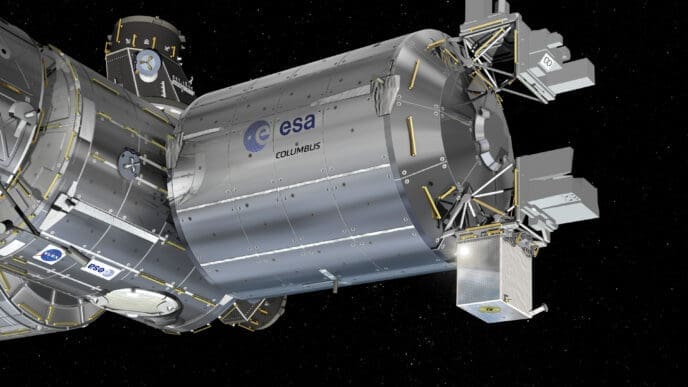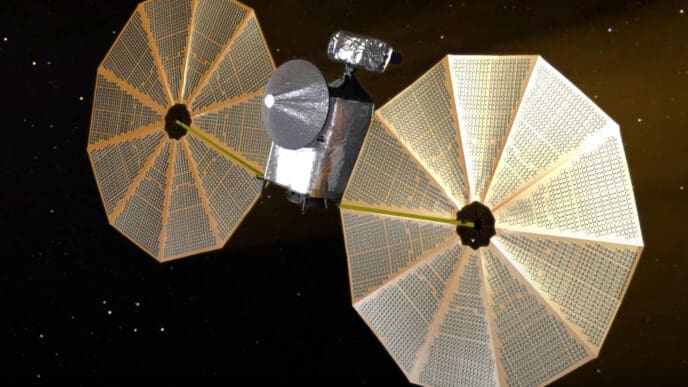Following a remarkable step in space exploration, NASA’s Parker Solar Probe made an unprecedented close flyby to the sun on Christmas Eve. This event prompts a critical question for scientists on Earth: did the probe endure the intense conditions, or has it succumbed to the sun’s extreme environment?
The probe achieved a historical milestone by approaching within 3.8 million miles of the solar surface. This proximity marks the closest any human-made object has come to the sun, traveling at an astounding speed of 430,000 mph. Such speed not only makes it the fastest spacecraft but also demonstrates our capabilities in space engineering.
Nicola Fox, NASA’s associate administrator, expressed confidence in the mission’s design and intent, emphasizing that the probe was executing its purpose of orbiting closer to a star than ever before. During this daring maneuver, the spacecraft faced temperatures as high as 1,800 degrees Fahrenheit, a testament to its robust construction and the thorough planning involved in its mission objectives.
The scientific community is waiting in anticipation for the probe to ‘phone home’ with a status beacon, expected around midnight on December 27. This signal will confirm the general health of the spacecraft, but for more detailed insights into its performance and any data collected during its sun encounter, scientists will have to wait until New Year’s Day, when extensive telemetry data is expected.
Throughout its mission since its launch in 2018, the Parker Solar Probe has relied on gravity assists from Venus to gradually decrease its orbital distance to the sun. It has already completed 22 orbits, each bringing it closer to fulfilling its mission of helping scientists understand why the sun’s corona is significantly hotter than its surface.
The mission’s success is pivotal for unveiling the sun’s mysteries, as emphasized by Arik Posner, a scientist involved in the mission. If the probe’s systems function as intended, the scientific data transmitted in late January could answer longstanding questions and potentially lead to groundbreaking discoveries about solar phenomena.
As the scientific community eagerly awaits the signal from the Parker Solar Probe, this mission highlights the daring nature of space exploration. NASA’s endeavors continue to push the boundaries of human innovation, promising insights that could enhance our understanding of the universe. The upcoming data from the probe will be instrumental in unraveling the complexities of the sun, marking another step forward in our quest to explore the cosmos.
Source: Space











